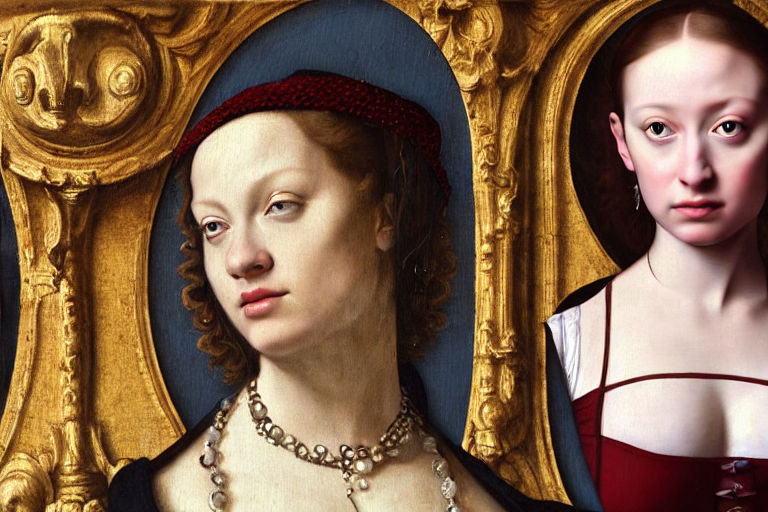How Renaissance Artists Applied Geometry in Painting Techniques
The Renaissance was a time of great innovation and artistic expression. During this era, Renaissance artists explored new techniques and methods to create their masterpieces. One of the techniques that many Renaissance artists used was the application of geometry in painting.
Geometry in Renaissance Art
In Renaissance art, geometry was used to create symmetry and proportion in paintings. Artists used various geometric shapes, such as circles, squares, and triangles, to create a sense of balance and harmony in their compositions.
One of the most famous examples of the use of geometry in Renaissance art is Leonardo da Vinci's Vitruvian Man. This drawing, created in the 1490s, depicts a man standing in a circle and a square, both of which are mathematically perfect. The use of the circle and the square in this drawing symbolizes the perfection of human anatomy.
Linear Perspective
Another technique that Renaissance artists used to incorporate geometry into their paintings was linear perspective. This technique was first developed by the architect Filippo Brunelleschi in the early 15th century and later perfected by artists such as Raphael and Michelangelo.
Linear perspective is a system of creating the illusion of depth and three-dimensionality in a two-dimensional painting. This technique relies on the use of converging lines and vanishing points to create the illusion of space and distance.
Leonardo da Vinci and the Golden Ratio
The golden ratio is a mathematical concept that has been used in art and architecture for thousands of years. It is a ratio of 1:1.618 and is believed to be aesthetically pleasing to the human eye.
Leonardo da Vinci was one of the Renaissance artists who used the golden ratio in his paintings. He believed that this ratio could be found throughout nature and that it was the key to creating aesthetically pleasing compositions.
One of Leonardo's most famous paintings, the Mona Lisa, is an example of his use of the golden ratio. The painting is composed in such a way that the position of the subject's eyes, nose, and mouth conform to the golden ratio.
Conclusion
Geometry played a significant role in the development of Renaissance art. Through the use of geometric shapes, linear perspective, and the golden ratio, Renaissance artists were able to create masterpieces that are still admired and studied today.
The influence of geometry on art has continued through the ages, and many modern artists still use these techniques today. By understanding the principles of geometry in art, we can better appreciate the beauty and complexity of the works that have been created throughout history.



